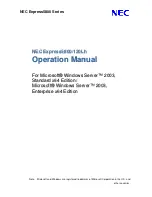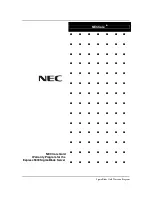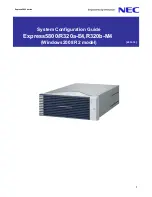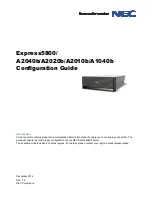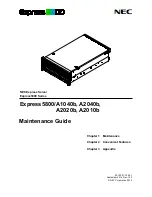
• When mixing DIMMs of different densities (capacities), the highest density DIMM goes in slot 1 then
in descending density.
• Besides DIMM population and choice, the selected CPU(s) can have some effect on performance.
Memory Mirroring and RAS
The Intel CPUs within the compute node support memory mirroring only when 1DPC and 2DPC (8 DIMMs
and 16 DIMMs per CPU)
channels
are populated with DIMMs. Furthermore, if memory mirroring is used,
DRAM size is reduced by 50 percent for reasons of reliability.
Replacing Intel Optane Persistent Memory Modules
This topic contains information for replacing Intel Optane Data Center Persistent Memory modules (PMEMs),
including population rules. PMEMs have the same form-factor as DDR4 DIMMs and they install to DIMM
slots.
Intel Optane persistent memory modules require Second Generation Intel Xeon Scalable processors. You
must upgrade the compute node firmware and BIOS to version 4.2(x) or later and install the supported Third
Generation Intel Xeon Scalable processors before installing PMEMs.
Note
PMEMs and their sockets are fragile and must be handled with care to avoid damage during installation.
Caution
To ensure the best compute node performance, it is important that you are familiar with memory performance
guidelines and population rules before you install or replace PMEMs.
Note
PMEMs can be configured to operate in one of three modes:
• Memory Mode (default): The module operates as 100% memory module. Data is volatile and DRAM
acts as a cache for PMEMs. This is the factory default mode.
• App Direct Mode: The module operates as a solid-state disk storage device. Data is saved and is
non-volatile.
Intel Optane Persistent Memory Module Population Rules and Performance
Guidelines
This topic describes the rules and guidelines for maximum memory performance when using Intel Optane
persistent memory modules (PMEMs) with DDR4 DIMMs.
Cisco UCS X210c M6 Compute Node Installation and Service Note
52
Servicing a Compute Node
Memory Mirroring and RAS
































